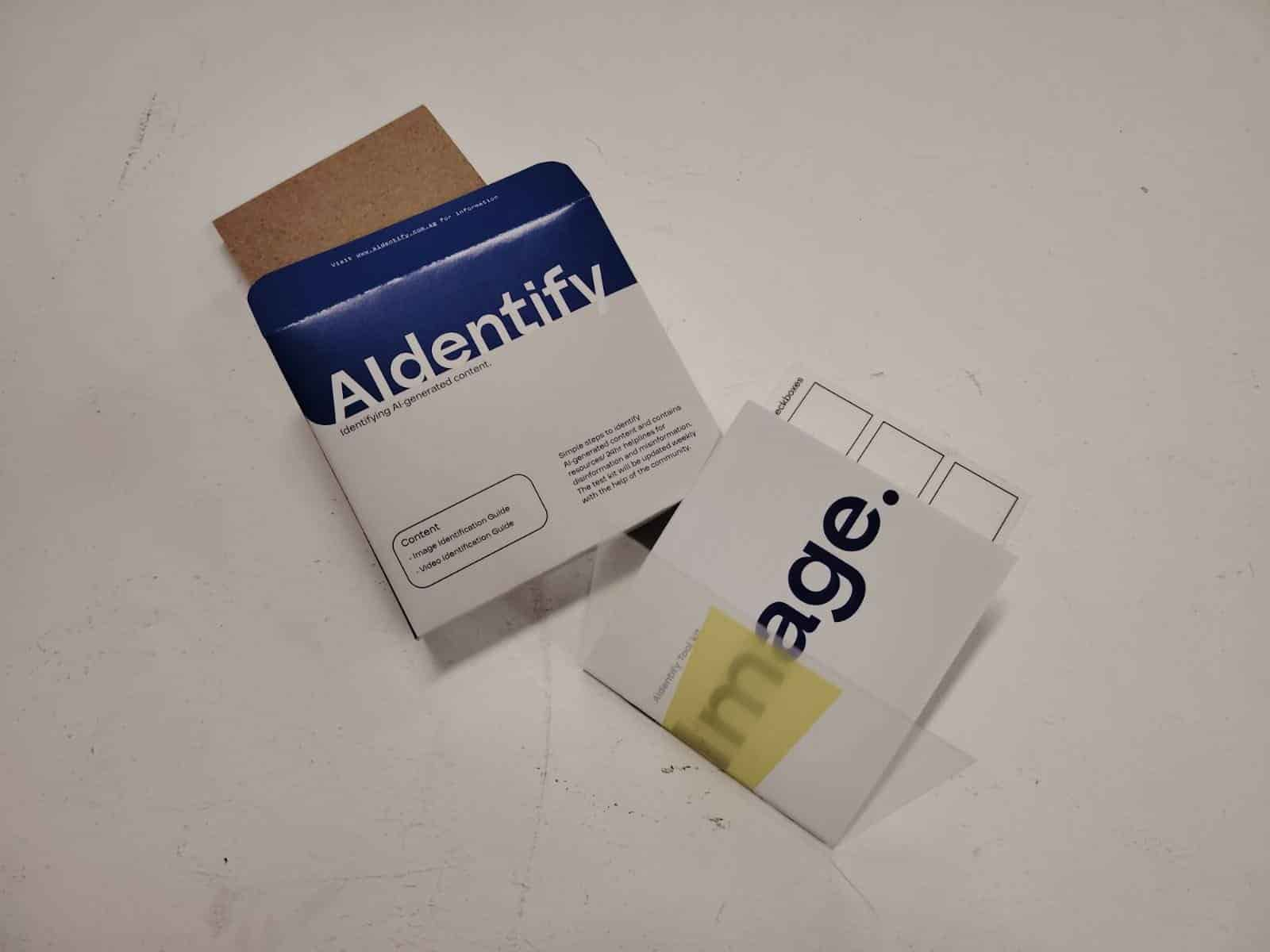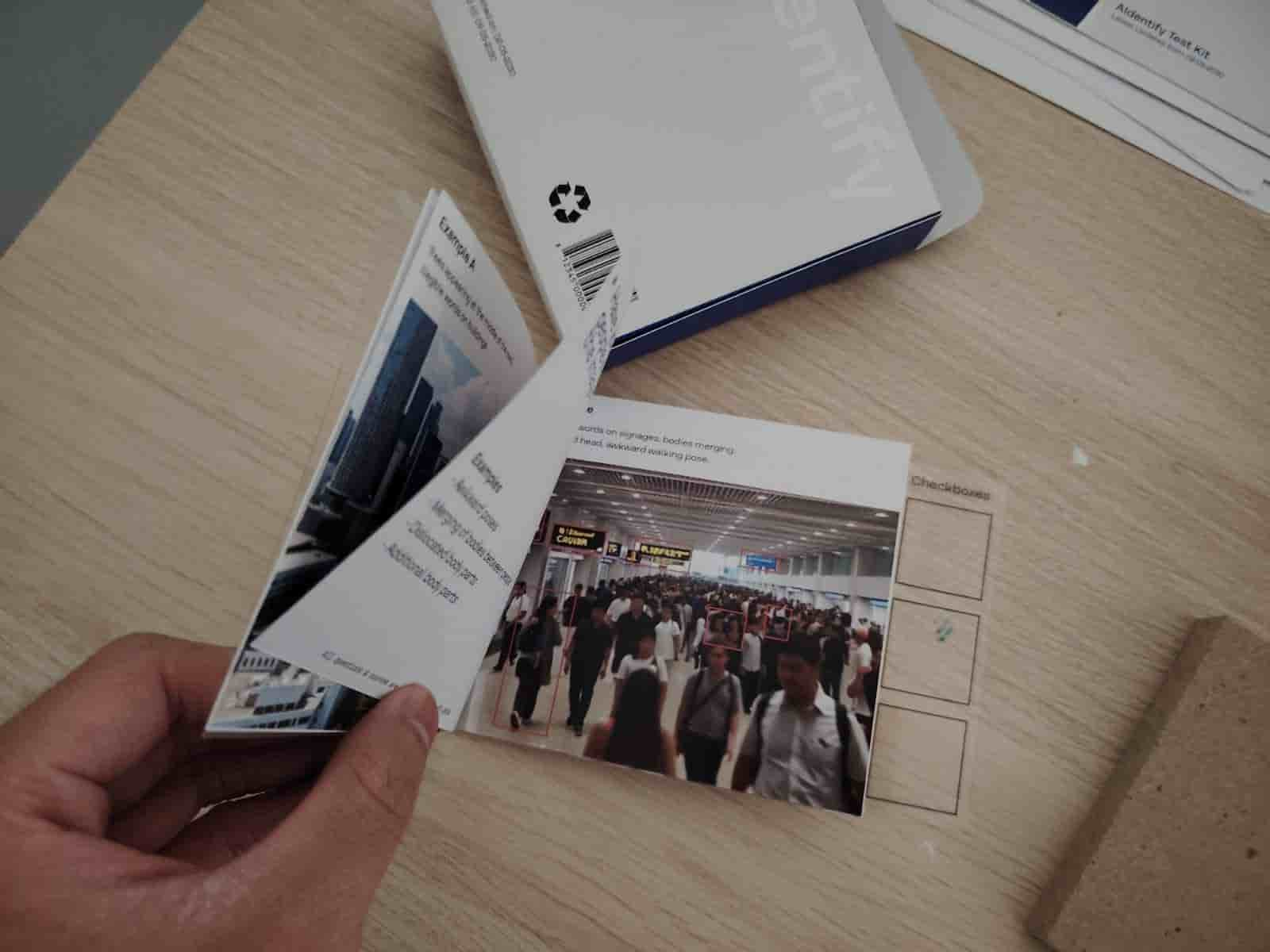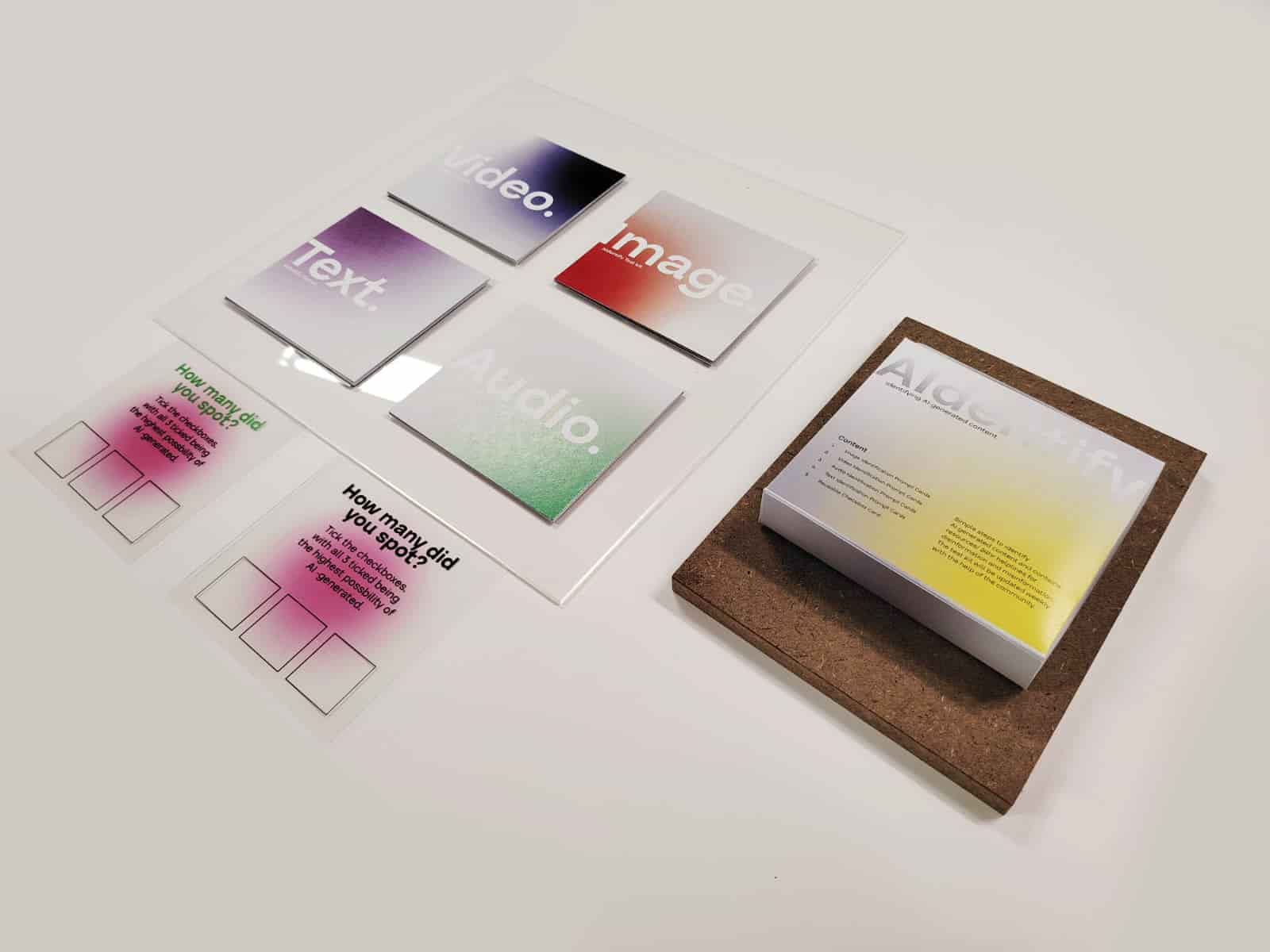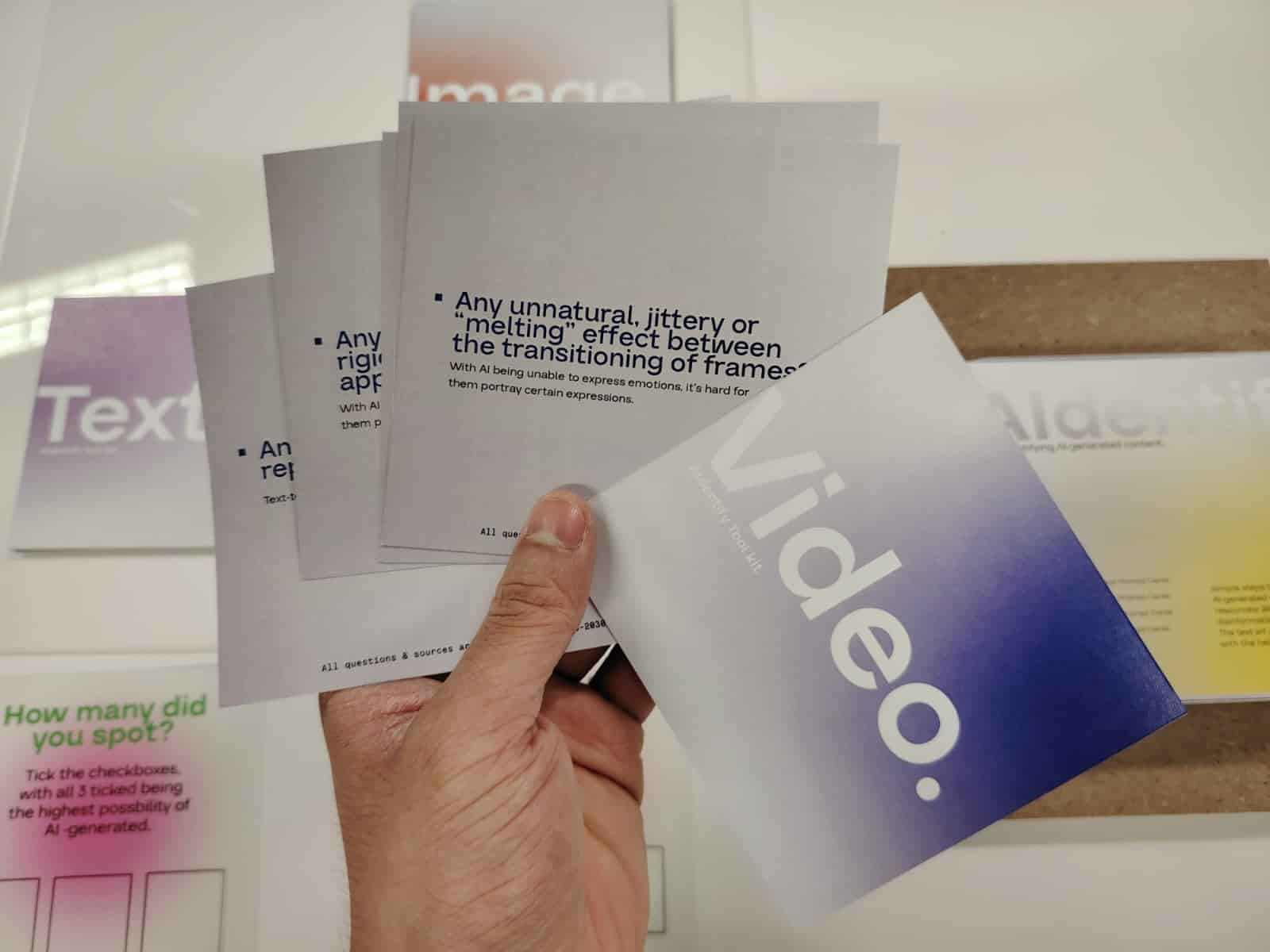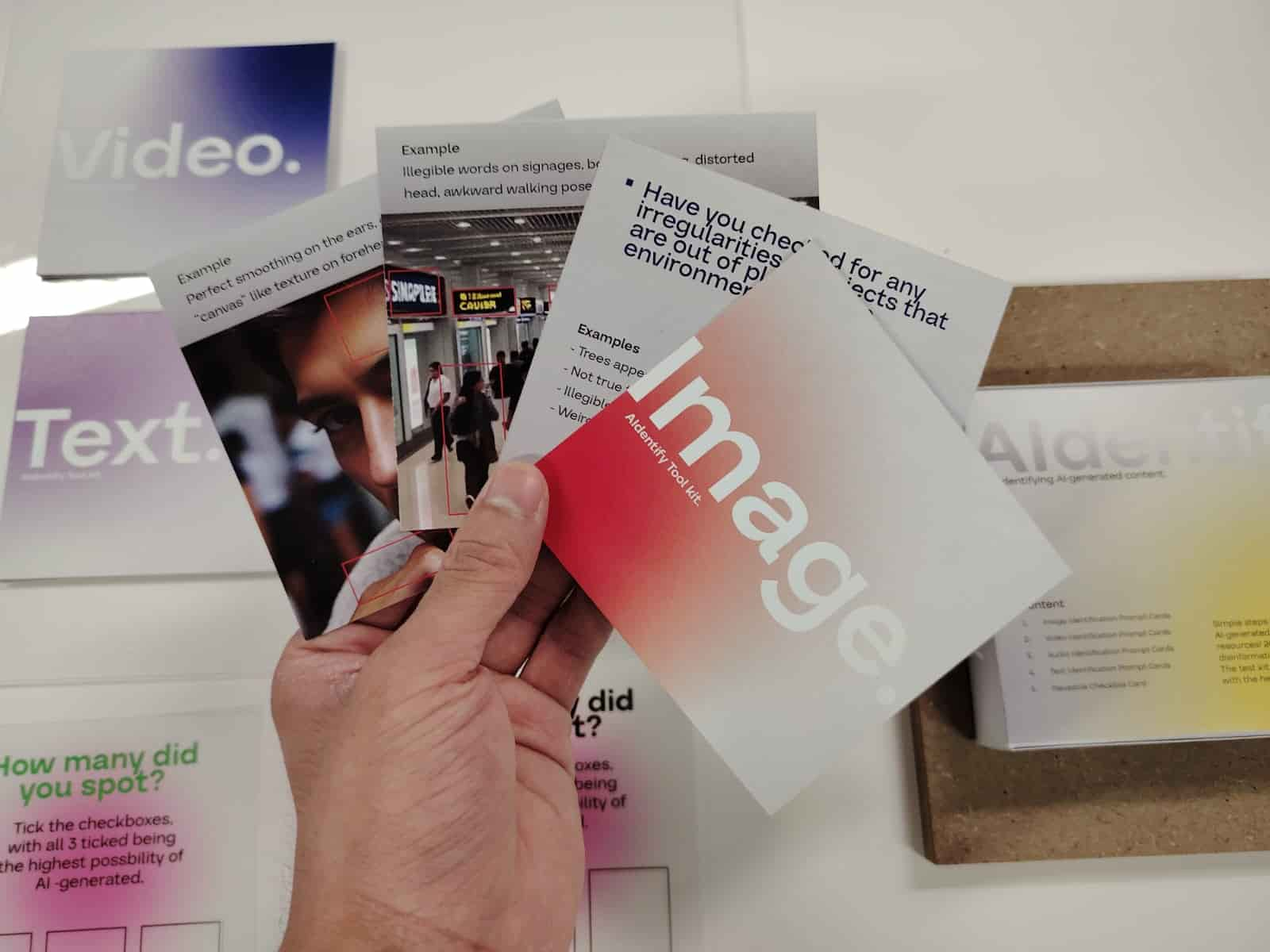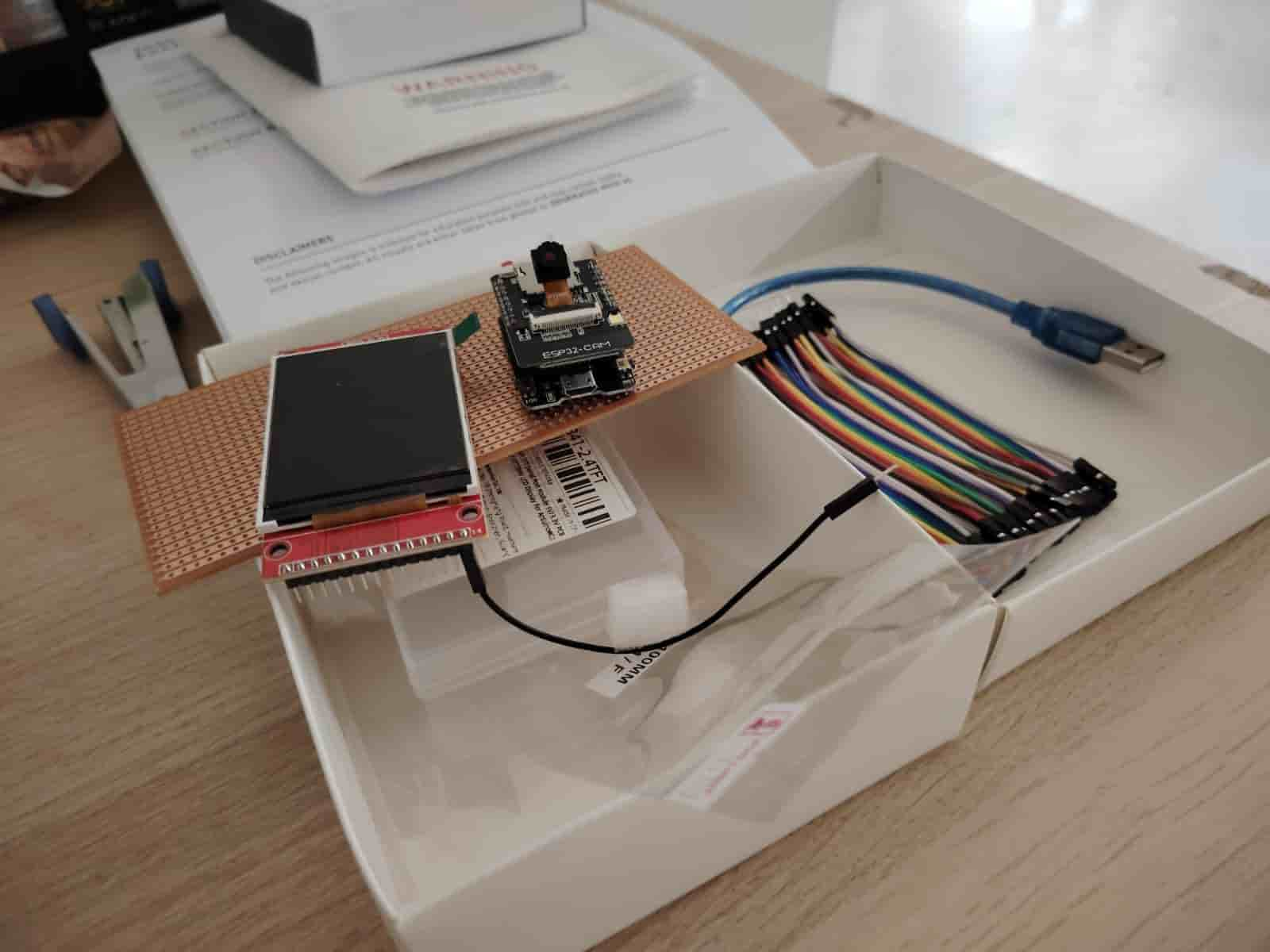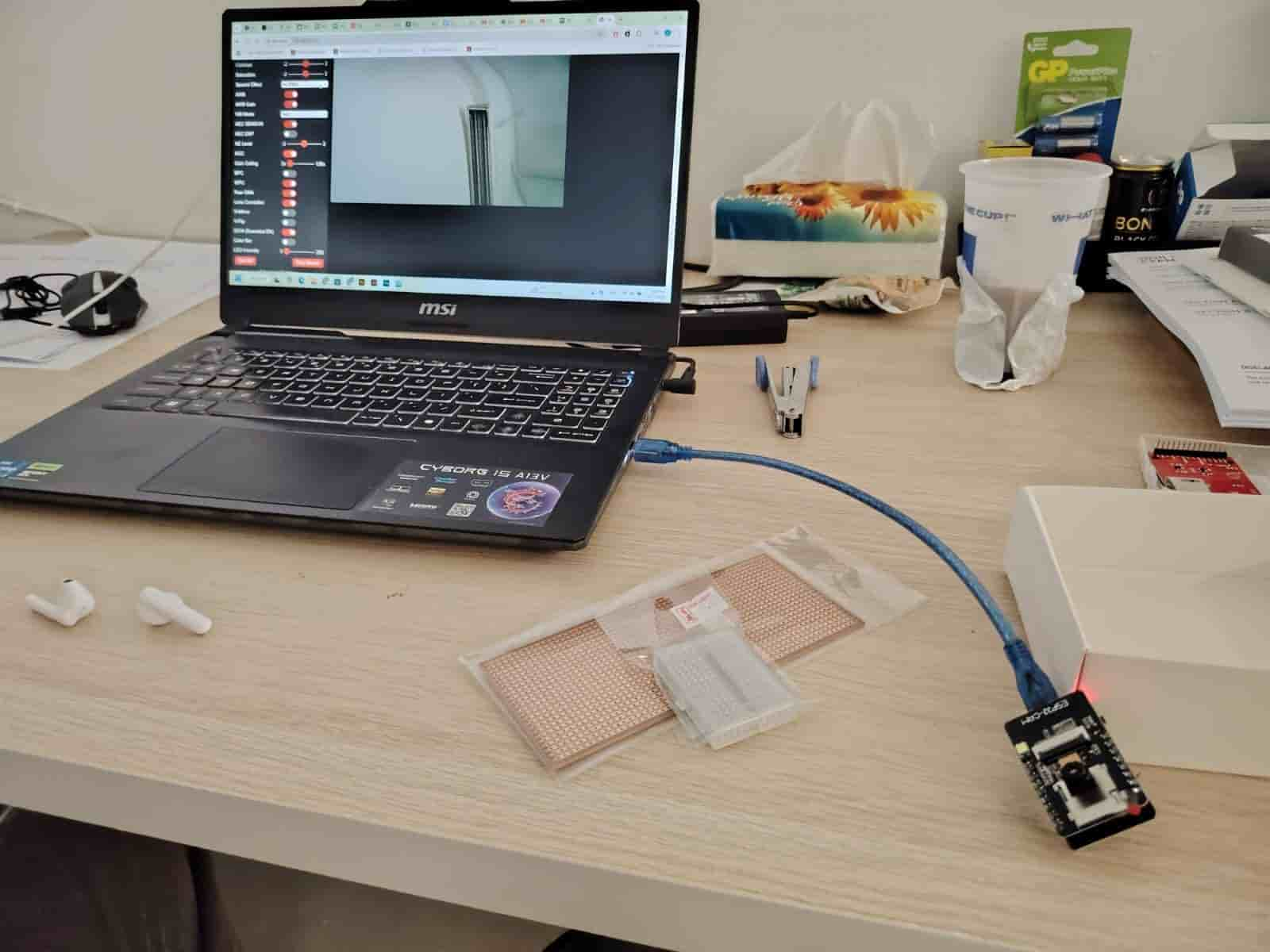REWORK OF TOOLKIT
The toolkit design took a couple of turns, I first redesigned the packaging to be less "tech" with the typeface changed to a more timeless typeface that could fit the scenario. Since it’s a speculated toolkit that people can get by their own accord, hence it will be wise to make the visual slightly more appealing then just a plain-looking packaging. With that in mind, I also changed the way the cards look into a small booklet of their own categories.
However, I realised very quickly that it does not work as well in terms user experience. It was a struggle for me or the users to flip through the book in search or looking at the prompts. In addition to that, I tried incorporating the plastic sheet where the users can re-use the checkboxes. This resulted the book to be “thick”. The plastic cover will too thick for a fold and ends up opening all the time.
On top of that, the booklet felt rather random to be in the box and as mentioned how flipping does not work well for user to find the information they need. Therefore, going back to the cards as the output was still a better option. The overall look didn't really speak about the toolkit, so I decided to move away from having it look like a prescripted medical testkit. Hence, the design took on a different direction of conveying the blurred lines of AI-generated content.
The initial idea for the packaging material was to use the frosted glass sheet material, however I could not find any suppliers that could provide me with the material. Hence, I decided to use the Art Card material which is a thick, matte finish card that is suitable for printing. Likewise for the cards, they were designed in consistency with the packaging, the different aspects of AI-generated content were then labeled by colours.
To conclude the prototype making for this tool-kit, it definitely requires more work and refinements to how the questions may relate or effective for the users to use.
AT THE MOMENT
With time in consideration, I was trying to push out another prototype for the dissertation which I intended to integrate it into the toolkit, however, I was unable to do so due to the time constraint as I was required to get the materials and troubleshoot the issues with the prototype. Therefore, I decided to focus on the packaging and the cards instead. However I did manage to get hands on with some of the prototype components (TFT Display & ESP32-CAM) and getting it to work while trying to understand how it works.
